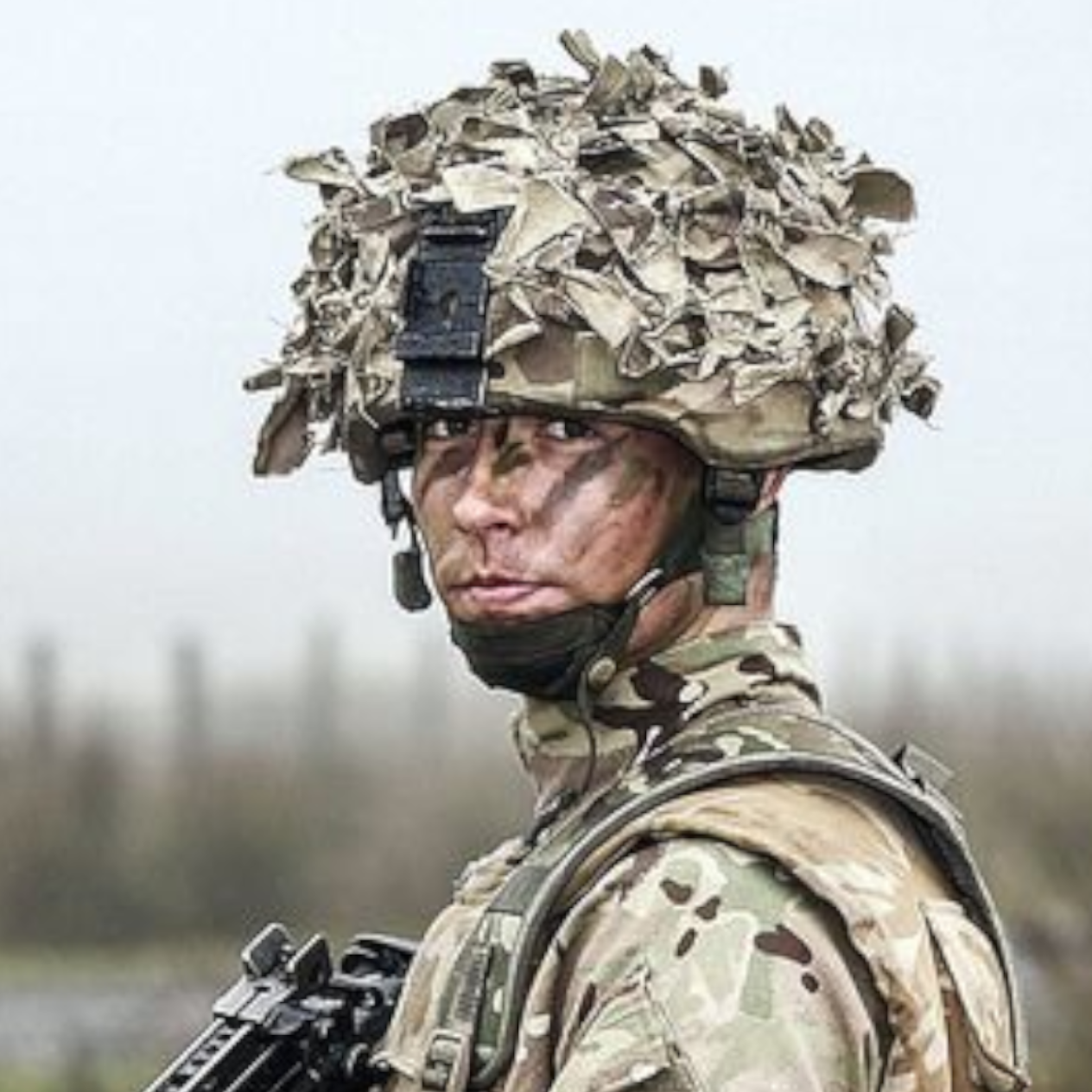*sad brrrrrtttt noises*
For years, members of Congress had actively blocked the retirement of Warthogs, in part over questions about the ability of other aircraft, especially stealth F-35s, to fill in any potential gap in close air support capacity. Some of the debate to date has centered around the impending loss of the A-10’s famed seven-barrel 30mm GAU-8/A Avenger Gatling-type cannon.
You can probably stick 'em on AC-130s. I mean, they aren’t direct replacements for A-10s, but I’d assume that any environment where you can safely operate an A-10 is probably also fine to operate an AC-130.
kagis
It looks like the current AC-130 variant , the AC-130J, uses a renamed Bushmaster II firing the same rounds.
https://en.wikipedia.org/wiki/Mk44_Bushmaster_II
The gun uses standard GAU-8 Avenger ammunition that is available in API (Armor-Piercing Incendiary), HEI (High-Explosive Incendiary) and APFSDS-T (Armor-Piercing Fin-Stabilized Discarding Sabot-Tracer) variants.
The USAF had experimented with installing Bushmaster II cannons on their AC-130U gunships in place of the GAU-12 and Bofors 40 mm cannons. On 11 August 2008, the effort was canceled because of problems with the Bushmaster’s accuracy in tests “at the altitude we were employing it.” There were also schedule considerations that drove the decision.[4] On 9 July 2012, the Air Force type classified a new version of the Bushmaster called the GAU-23/A. The cannon will be used on the AC-130W and the AC-130J gunships.[5]
What’s the rate of fire?
kagis
GAU-23
Aircraft version of 30 mm Mk44 Cannon
Arms the U.S. Air Force AC-130J Ghostrider and U.S. Marine Corps Harvest Hawk (through an instant gunship configuration of KC-130J tankers)
Rate of fire: Single shot, Burst, Full automatic @ 200 SPM
So the Air Force is still shooting 30mm rounds for close air support, just at about 1/20th the ROF that the A-10 does. Probably makes sense – the A-10 was supposed to dump a lot of ammo very quickly to have a chance at hitting the same place multiple times on reactive armor, but the AC-130 doesn’t need to do that in a close air support role, can just keep doing orbits around its target, and would probably rather more-carefully pick where its rounds are going.
This has some discussion comparing the two:
https://old.reddit.com/r/Military/comments/17sujt1/ac130_vs_a10_the_herc_on_steroids_vs_the_hog/
I thought I read last year that new variants of the F16 were replacing the A10 in close-support/low altitude/ground target roles. I assumed circumstances and tech had changed in some way that made the F16 more viable at such low altitudes (hundreds of feet) than when the A10 was initially deployed.
I don’t really know, just thought it was an interesting perspective.
I don’t think there’s much place in the future for close air support, at least not from human piloted planes. Basically, anything that’s in the range of MANPADSs is denied airspace.
I can imagine anti-missile technology becoming good enough to counter MANPADS.
I don’t know what the state of the art is there for aircraft, but if you look at armored ground vehicles, where the option to “just fly higher than man-portable missiles can reach” isn’t an option, they’ve certainly been moving into APSes to counter ATGMs.
EDIT:
much place in the future for close air support
Also, close air support doesn’t need to be low-altitude. Like, an aircraft attacking enemy ground troops in close proximity to those of its own side is still doing close air support, even if the aircraft is physically higher and further away. The “close” refers to the distance between the ground forces, rather than the distance between the aircraft and its target.





